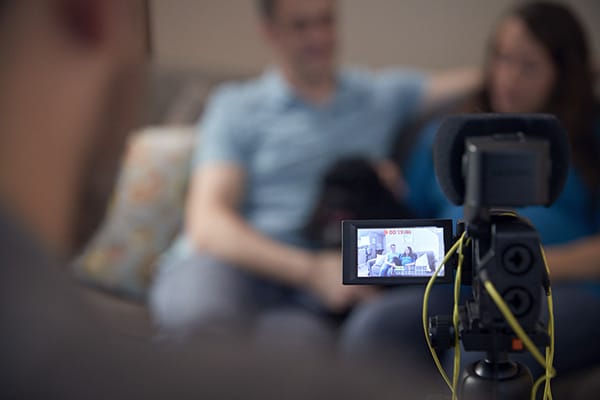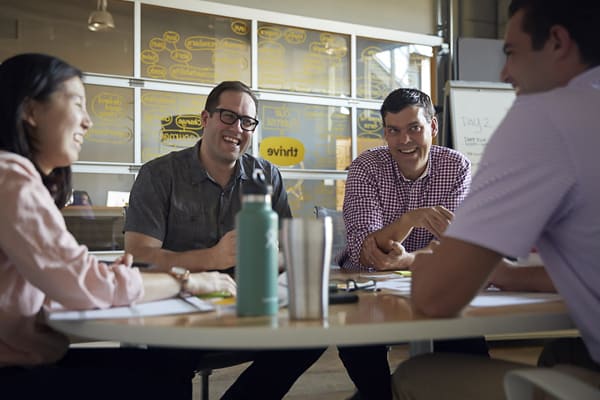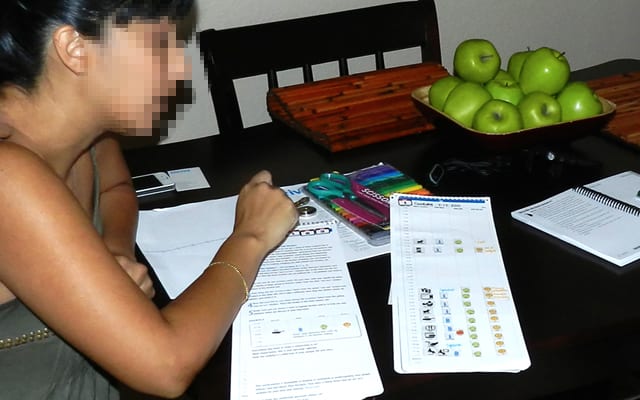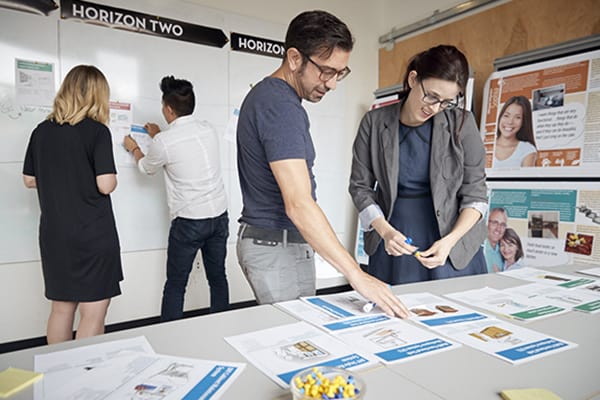Three Tips For Finding the Right Research Consultant.
So, you’re developing a new product or building a new brand, and you’ve made the case for design research to learn about your customers. Now, you’ve been tasked with finding the right research consultant…but how will you know if that research consultant you’ve spoken with or that agency you emailed is the right partner to help you ask the right questions, uncover the right insights and create action rather than just data? Well, we’ve got some well-tested ideas.
You’re building a brand. Developing a new product. Fantastic. You’ve made the case for design research. Your team is bought in. So, how do you approach it? Qualitative? Quantitative? Ethnographic Study? Mobile Ethnography? Maybe you know what you need, and maybe you don’t. But you do know that you need help – you’re going to search for a research consultant to help boost your research bandwidth and get you both into the minds of your customers and over the hump of actually doing the work.
But now, you have to choose. With all the consultancies and experts out there, how do you find the one that’s right for you? As expert design and innovation researchers ourselves, we want the right fit too. So, to that end, we’ve got a few tips.
1. Find a Research Consultant that Asks Great Questions
At the outset of a research exercise, one of the most important things to consider isn’t “Are we responding to a consumer need and solving a problem” but “Are we responding to the right consumer need, and solving the right problem?” To get there, you need a partner willing to take a step back from even your immediate request and ask the deep questions. A good one will work to solidify that question mark you came to them with, clearly define the problem to solve and rationalize why it’s important to solve that problem, usually through some legwork – speaking with customers and digging through your data to verify the need.
2. Don’t Let Anyone Tell You Every Tool is a Hammer
Once you’ve clearly defined the problem you’re solving with this design research, it’s time to identify the right tools to solve it. Many a research consultant and research partners, bless ‘em, tend to push a specific tool kit right out of the gate, enticing you with their newest, shiniest hammer or screwdriver. But no good contractor comes in and just whips out a tool without a preliminary assessment (taking measurements, inspecting the walls for structural support, etc.), right? So, you don’t want someone to come at you with a predetermined, one-size-fits-all solution when working with research designers either. Unique problems require unique solutions. It should be a tailored approach, unique to you, and if it is not you may want to reconsider your identified options.
3. Make Sure that the End Goal is Action
Solving the right problem? Check. Your design research toolbox is filled with the right implements and strategies to solve it? Check. Now, it’s time to design a tailored, actionable research plan. With the right partner, that plan should be created around a specifically targeted methodology that creates solutions specifically for the problem you’re trying to solve. But don’t forget: All this work and the method itself are a means to an end. The right method leads to the right insights. And the right insights? Those are ah-ha moments that are imminently actionable and impactful to your business. Don’t settle for anything less.
Thinking about partnering with a design research expert? We might be the right fit. Contact THRIVE today and let’s talk.







